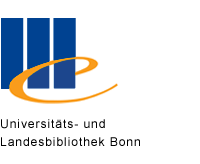Analysis of the relationship between taxes and self-employment should account for the interplay between responses in self-employment and wage employment. To this end, we estimate a two-state multi-spell duration model which accounts for both observed and unobserved heterogeneity using a large longitudinal administrative dataset for Norway for 1993 to 2011. Our findings confirm theoretical predictions, and are robust to various changes to definitions and sample selections. A policy experiment simulating a flatter tax schedule in the year 2000 is found to encourage self-employment, delivering a net increase of predicted inflow into self-employment from 2.8% to 5.3%.

